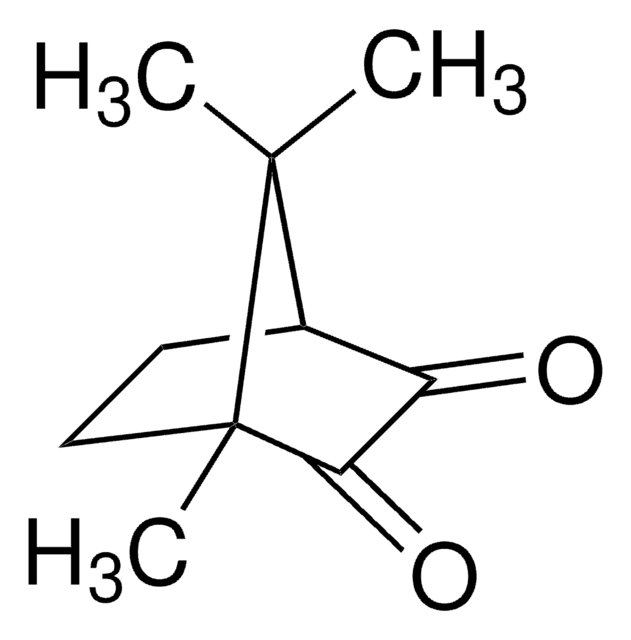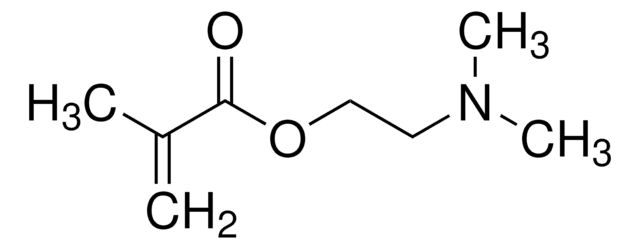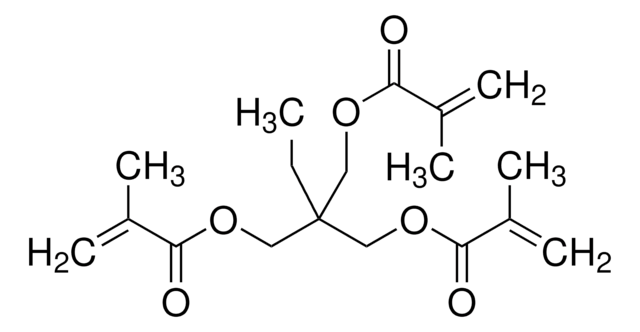261548
Triethylene glycol dimethacrylate
95%, cross-linking reagent polymerization reactions, methacrylate, 80-120 ppm MEHQ as inhibitor
Sinônimo(s):
TEGDMA
About This Item
Produtos recomendados
product name
Triethylene glycol dimethacrylate, contains 80-120 ppm MEHQ as inhibitor, 95%
Nível de qualidade
Ensaio
95%
forma
liquid
contém
80-120 ppm MEHQ as inhibitor
adequação da reação
reagent type: cross-linking reagent
reaction type: Polymerization Reactions
índice de refração
n20/D 1.461 (lit.)
pb
170-172 °C/5 mmHg (lit.)
densidade
1.092 g/mL at 25 °C (lit.)
Ω-final
methacrylate
α-final
methacrylate
arquitetura do polímero
shape: linear
functionality: homobifunctional
temperatura de armazenamento
2-8°C
cadeia de caracteres SMILES
CC(=C)C(=O)OCCOCCOCCOC(=O)C(C)=C
InChI
1S/C14H22O6/c1-11(2)13(15)19-9-7-17-5-6-18-8-10-20-14(16)12(3)4/h1,3,5-10H2,2,4H3
chave InChI
HWSSEYVMGDIFMH-UHFFFAOYSA-N
Procurando produtos similares? Visita Guia de comparação de produtos
Descrição geral
Aplicação
Palavra indicadora
Warning
Frases de perigo
Declarações de precaução
Classificações de perigo
Skin Sens. 1
Código de classe de armazenamento
10 - Combustible liquids
Classe de risco de água (WGK)
WGK 1
Ponto de fulgor (°F)
332.6 °F - closed cup
Ponto de fulgor (°C)
167 °C - closed cup
Equipamento de proteção individual
Eyeshields, Faceshields, Gloves, type ABEK (EN14387) respirator filter
Escolha uma das versões mais recentes:
Já possui este produto?
Encontre a documentação dos produtos que você adquiriu recentemente na biblioteca de documentos.
Os clientes também visualizaram
Artigos
The Progress in Development of Dental Restorative Materials
Nossa equipe de cientistas tem experiência em todas as áreas de pesquisa, incluindo Life Sciences, ciência de materiais, síntese química, cromatografia, química analítica e muitas outras.
Entre em contato com a assistência técnica













